Tohyang traditional house [Korea Quality] / 토향고택 [한국관광 품질인증]
17.6 Km 10790 2020-09-10
43, Baraemi 1-gil Bonghwa-eup, Bonghwa-gun, Gyeongsangbuk-do
+82-10-8575-9036
This historic house has been the home of the descendants of Kim Yeo-byeong, one of the tenth-generation ancestors of its current occupants. Kim Yeo-byeong was born as the fourth son of Kim Seong-gu (courtesy name: Oheon, 1641-1707), founder of Uiseong Kim's Clan at Baraemi Village in Bonghwa and who was a great-great-great grandson of eminent Neo-Confucian official-scholar Kim U-goeng (courtesy name: Gaeam, 1524-1590). The house is comparatively large, featuring a square layout with a lofty five-bay gate building (soseuldaemun) and the main house of seven bays. The main building (anchae) of the house, located against the backdrop of a pine hill, is believed to have been built over 400 years ago before the founder of the family arrived at the village. The family guesthouse (sarangchae) was renovated in 1876 by Kim In-sik (courtesy name: Amun, 1855-1910), who served as the caretaker (Chambong) of Sunghyejeon Shrine, and Grand Master Tonghun before founding Joyang School, which would later become the present-day Bonghwa Elementary School. The name of the house, Tohyang, came from the courtesy name of Kim Jung-uk (1924-1967), a grandson of Kim In-sik. The latter was conscripted by the colonial authority ruling Korea at the time to serve the Japanese puppet state Manchukuo but fled during a military drill to become a freedom activist fighting against Imperial Japan in the Chinese cities of Suzhou and Hangzhou. He returned home after the 1945 Korean Liberation and studied in Jungang High School and Korea University before serving as a budget officer at the Economic Planning Board. The name of the house inscribed on the plaque hung under the roof of the gatehouse was written by his son Kim Jong-gu in honor of his life and achievements. At the front courtyard of the house is a lotus pond including barbecuing equipment and pottery kiln. In the rear garden is a folk playground with facilities and equipment for swinging, traditional Korean seesaw, shuttlecock-kicking, pitch-pot, and top spinning. The front courtyard also features rustic ceramic pots and rooftiles bearing poetic passages written by the mistress of the house who is a prize-winning poetess. The house provides visitors with an opportunity to experience traditional Korean cultural heritage such as pottery, calligraphy, poetry, and traditional musical instruments. Rich with the heritage of traditional Korean culture and lifestyle, the Historic House of Tohyang guides visitors to refreshment and healing obtained from the legacy of the peaceful rural life of days gone by.
Manhoegotaek [Korea Quality] / 만회고택 [한국관광 품질인증]
17.6 Km 3569 2023-11-30
51 , Baraemi 1-gil, Bonghwa-gun, Gyeongsangbuk-do
+82-54-673-7939, +82-10-8079-7939
The prestigious Manhoe Old House in Baraemi Village, Bonghwa, Gyeongsangbuk-do, is a nationally designated folk cultural asset, because of its 300 year history and its association with both Korean literature and the March 1st independence movement. It is said that a thousand poems were written in Myeongwolru, the Old House’s pavilion; and the 1919 Independence Petition was also written here. There are 7 guestrooms, one with an attic with exposed roofbeams, and most but not all rooms have individual toilets. Guests can take part in traditional activites such as folk games.
Danyang Jeokseong Fortress (단양 적성)
18.2 Km 51266 2023-04-12
San3-1, Habang-ri, Danyang-gun, Chungcheongbuk-do
+82-43-422-1146
Danyang Jeokseong Fortress is a fortress made of stones gathered from Seongjaesan Mountain in Danyang. The fortress was built surrounding the mountain's southern slope and summit.
The fortress had a circumference of 923 meters, but most of it has been destroyed; the only remaining section is a 3-meter part of the inner wall in the northeast quarter. Three gates were found in the southwest, east, and southeast areas. Inside of the fortress is a stone stele.
Danyang Jeokseongbi Monument of Silla (단양 신라 적성비)
18.2 Km 10560 2021-05-14
Habang 3-gil, Danyang-gun, Chungcheongbuk-do
+82-43-422-1146
The Danyang Jeokseongbi Monument of Silla was erected by King Jinheung, the 24th King of Silla Kingdom, as a public announcement board. It was found at Jeokseongsanseong Fortress in Danyang in 1978.
The stone stele is broken into three parts: the two lower pieces are inscribed with 280 letters, which spell out the names of people, locations and positions from the Silla Kingdom period, whereas, the top piece has 100 letters which are mostly destroyed. The discovery of the monument helped illuminate political development and statuses of the time.
Chosun Minhwa Museum (조선민화박물관)
18.3 Km 37111 2020-05-15
432-10, Gimsatgat-ro, Yeongwol-gun, Gangwon-do
+82-33-375-6100
Chosun Minhwa Museum finished construction in 1998, in Waseok-ri, Gimsatga-myeon, Yeongwol-gun, Gangwon-do and opened on July 29, 2000. The museum contains about 3,000 folk paintings (minhwa) from the Joseon era and is comprised of a hands-on program hall where visitors can paint a minhwa on a wood plate and the chunhwa (obscene painting) exhibition which is eligible for only adults.
In addition to this museum, Gimsatgat Culture Hall and Indian Art Museum are also in Yeongwol.
Seokcheongyegok Valley (석천계곡)
19.1 Km 13452 2022-09-19
Samgye-ri, Bonghwa-gun, Gyeongsangbuk-do
+82-54-679-6334
Waters from the Taebaek Mountains forged Seokcheongyegok Valley, located in Bonghwa-gun, Gyeongsangbuk-do. The valley is wide, shallow, and surrounded by thick pine forests. Broad, flat rocks are scattered throughout, and the valley is a great place for children to play. Next to the valley, visitors will also find Seokcheonjeong Pavilion, which was built in 1535. This pavilion, made of Bonghwa red pine trees called Chunyangmok, and mounted on stone, offers a great view of the nearby scenic mountain.
Soseonam Recreational Forest (소선암자연휴양림)
19.5 Km 9088 2021-02-16
15, Daejam 2-gil, Danyang-gun, Chungcheongbuk-do
+82-43-422-7839
Soseonam Recreational Forest is located in Danyang, near one of the Eight Scenic Sites of Danyang. It is replete with flowing streams, verdant landscape and surrounded by many famous landmarks, including Chungjuho Lake, Sainam Rock, Duaksan and Doraksan Mountains, and Jebibong Peak. The forest is easily accessible from the expressway, making it a popular vacation spot throughout the year, with beautiful scenery in every season.
Eight Scenic Views of Danyang (단양 팔경)
19.7 Km 60629 2020-08-19
Danseong-myeon, Danyang-gun, Chungcheongbuk-do
+82-43-422-1146
The Eight Scenic Views of Danyang are known as the most beautiful places in Danyang, and include Dodamsambong Peaks and Seongmun Natural Arch by the Namhangang River, Gudambong Peak and Oksunbong Peak offering outstanding views of Chungjuho Lake, Sangseonam Rock, Jungseonam Rock, and Haseonam Rock in Seonamgyegok Valley, and Sainam Rock in Unseongugok Valley. Theses areas were visited many times by numerous scholars during the Joseon dynasty and contain many historically and culturally important relics.
Seonamgyegok Valley (Haseonam Rock) (선암계곡(하선암))
19.7 Km 10387 2021-05-14
1337, Seonamgyegok-ro, Danyang-gun, Chungcheongbuk-do
+82-43-422-1146
Seonamgyegok Valley is a clean 10-kilometer valley stretching from Gasan-ri to Daejam-ri in Danyang. Among the Eight Scenic Views of Danyang, Teukseonam Rock and Soseonam Rock are located here. This valley is known for its dense forests, strange rock formations, and clear and clean valleys, and is one of the best destinations in summer to camp and play in the water. Nearby attractions include Soseonam Recreational Forest, Teukseonam Camping Site, Soseonam Amusement Park, and Special Seonam Camping Site.
Bonghwa Sweetfish Festival (봉화은어축제)
19.7 Km 28434 2023-05-17
Naeseong-ri, Bonghwa-gun, Gyeongsangbuk-do
• 1330 Travel Hotline: +82-2-1330 (Korean, English, Japanese, Chinese) • For more info: +82-54-674-3053
Bonghwa Sweetfish Festival is one of Korea's prime summer festivals and celebrates the local specialty product of sweetfish. The sweetfish from Bonghwa are recorded as having been given as tribute to the king during the Joseon dynasty. The highest-quality sweetfish come from the upstream sections of the Nakdonggang and Seomjingang Rivers, where Bonghwa-gun is located. The festival offers numerous participatory programs including fishing, water play, a water fight, and agricultural experiences. Visitors who participate in fishing activities can feast on their catch.
![Tohyang traditional house [Korea Quality] / 토향고택 [한국관광 품질인증]](http://tong.visitkorea.or.kr/cms/resource/57/2627457_image2_1.jpg)
![Manhoegotaek [Korea Quality] / 만회고택 [한국관광 품질인증]](http://tong.visitkorea.or.kr/cms/resource/38/3042238_image2_1.jpg)
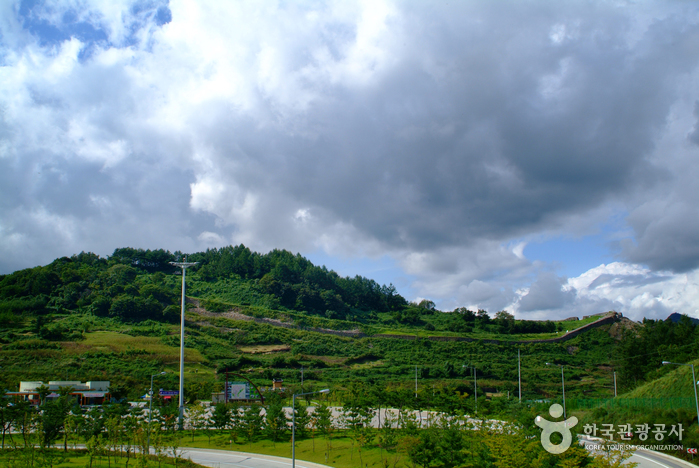
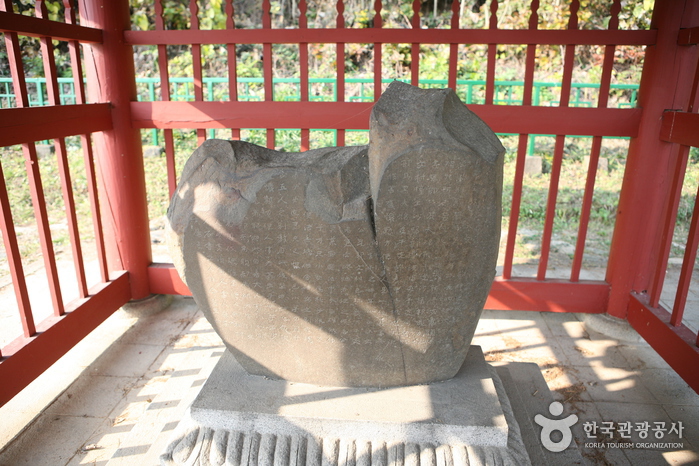
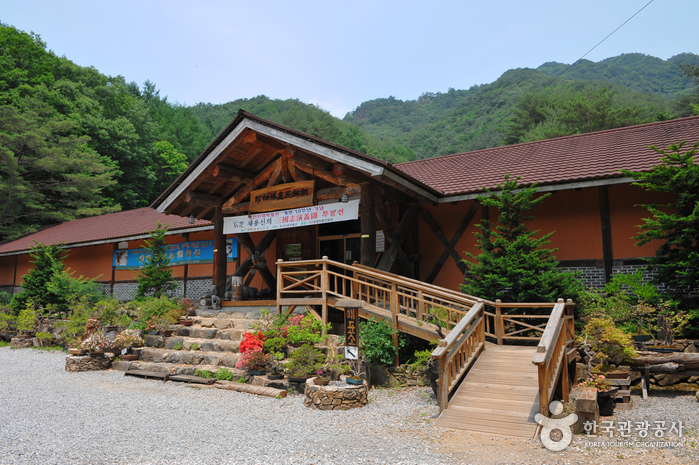
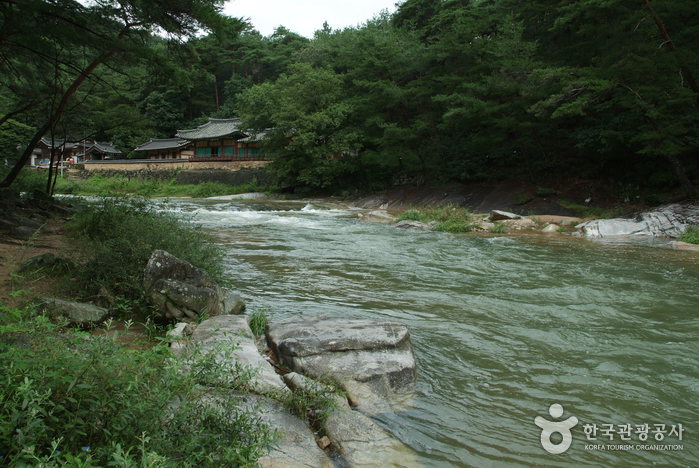
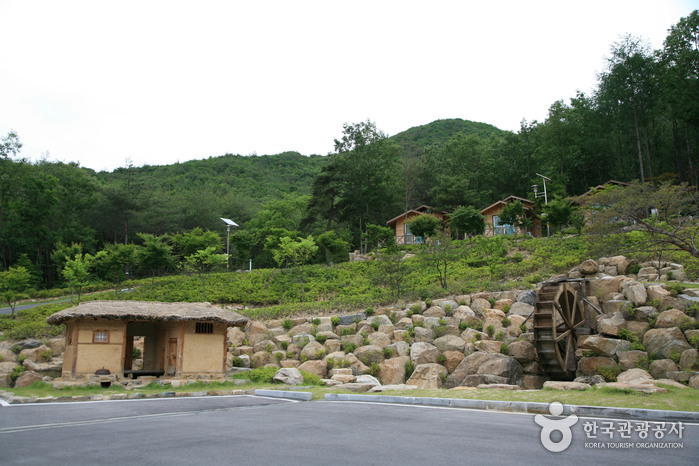
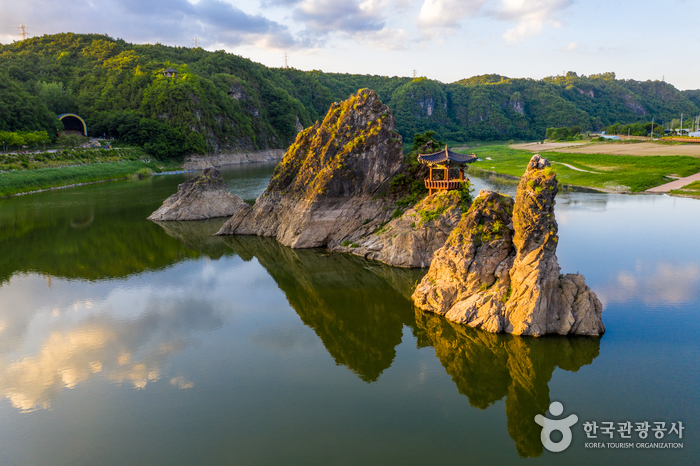
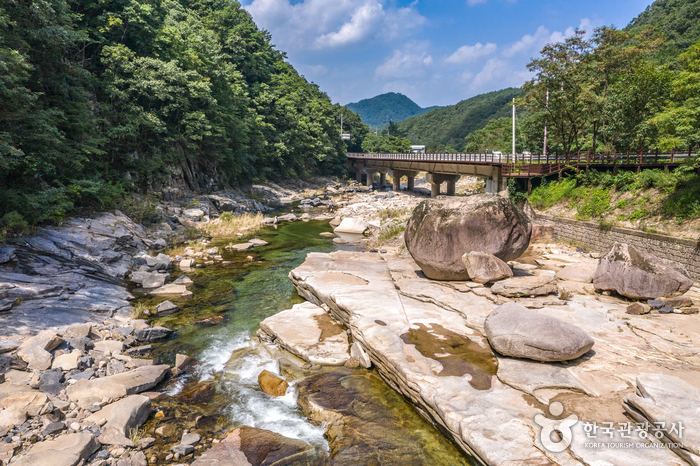
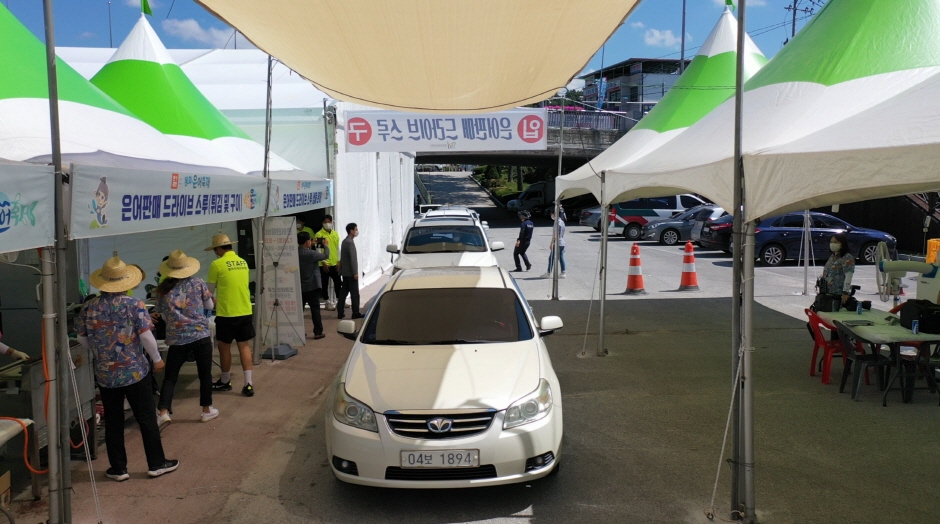
 English
English
 한국어
한국어 日本語
日本語 中文(简体)
中文(简体) Deutsch
Deutsch Français
Français Español
Español Русский
Русский